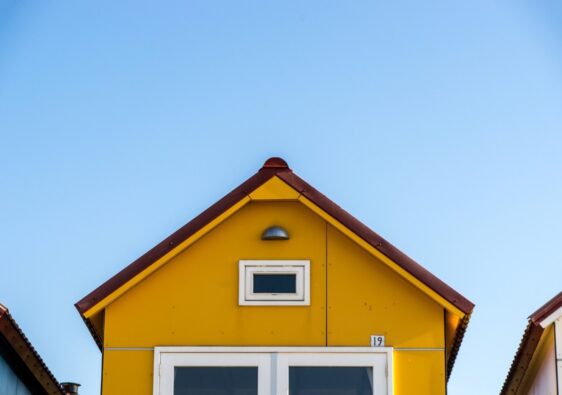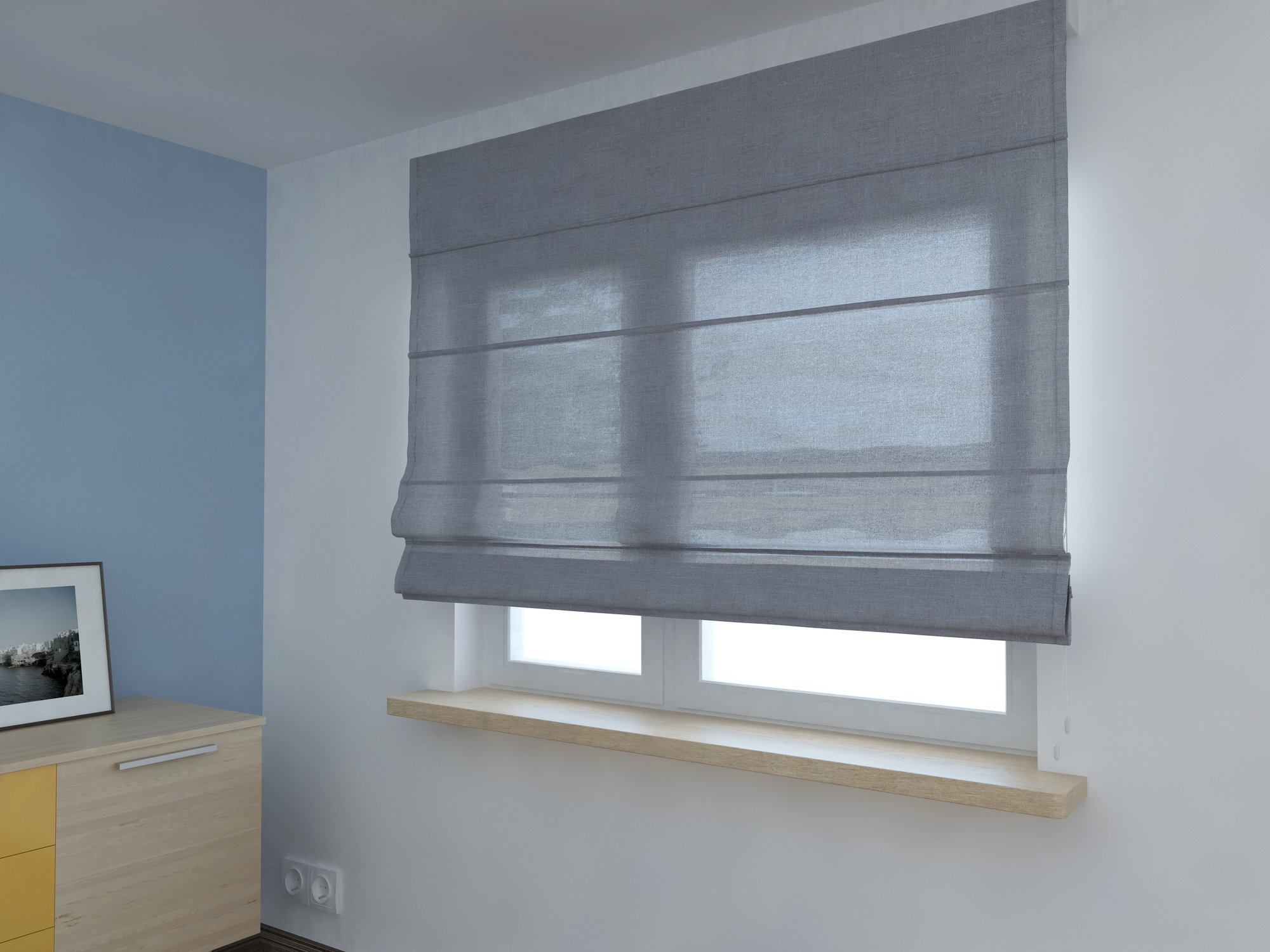Are you considering a roof replacement for your home? It’s a smart idea. Homeowners who opt for roof replacement leave their roofs for 10 years on average. This figure increases every 5 years to 15, 20, and 25-year homes on average.
If your home is slowly leaving you, think about getting to replace roofs. However, if you’ve never done this before, you’ll be tempted to get it done. If you are, you need to learn some of the most common errors in roofs. You may stumble upon faults or faulty quotes.
Fortunately, you can avoid these issues by educating yourself on how to replace home roofs. Here are the top 5 common errors in residential roof replacements.
1. Improper Installation of Flashing
A common error in residential roof replacements is improper installation of flashing. Flashing is a material made of metal.
This is intended to protect vulnerable areas of your roof from moisture. These are the edges where the roof meets the walls and around chimneys, vents, and skylights.
Call a roofing company or have an experienced contractor who uses the correct materials. Check that the contractor is using a good sealant around the flashing. A good sealant will prevent water from getting through.
If your area is prone to heavy rains, you may want to consider additional work, such as an enhanced underlayment.
2. Poor Ventilation in the Attic
Poor attic ventilation leads to heat buildup, excessive moisture, and the promotion of mildew. To avoid this, attic ventilation should be a focus when replacing old roofs.
Insufficient ventilation can be avoided by including enough intake and exhaust ventilation. This allows the airflow to properly circulate.
Have outdoor air ventilation. Use intake vents, either below the eaves or on the roof deck. Also, use an exhaust vent to provide the necessary airflow for your roofing system.
3. Mismatched Shingles
When replacing a roof, it is important to use only compatible shingles that match the original. Different types and colors of shingles often don’t match in a visually pleasing way. Using a combination of them can devalue a home significantly.
Make sure you buy the same quality and color of shingles as the original. Find out the manufacturer and date of purchase before you buy. If the original shingles have aged and are not available anymore, try and find a similar product from the same manufacturer that has the same color and design as much as possible.
4. Improper Installation
Improper installation of roofing materials can lead to issues such as leaks and water damage. This can also cause energy loss and premature roof failure.
To avoid this, make sure that all components of the roofing system are installed correctly. Choose the appropriate roofing materials based on the condition of the existing roof and climate.
5. Working With Inexperienced Contractors
Inexperienced contractors are less likely to provide quality craftsmanship. This can result in poor roof repairs or new roofs that don’t last. This will likely lead to additional roof replacement costs in the future.
Hire more experienced contractors with a strong record of success. Professional roofing contractors have better knowledge of building codes and other regulations that must be met in order to ensure the roof replacement is done properly.
Errors in Residential Roof Replacements: How to Avoid Them
Errors in residential roof replacements can be tricky and costly if errors occur. Do your research and be prepared.
For more specific information and help with making sure your roof replacement goes as planned, contact a local roofing company for a consultation.
If you are interested in learning more about how to get your roof done, visit our page now.



